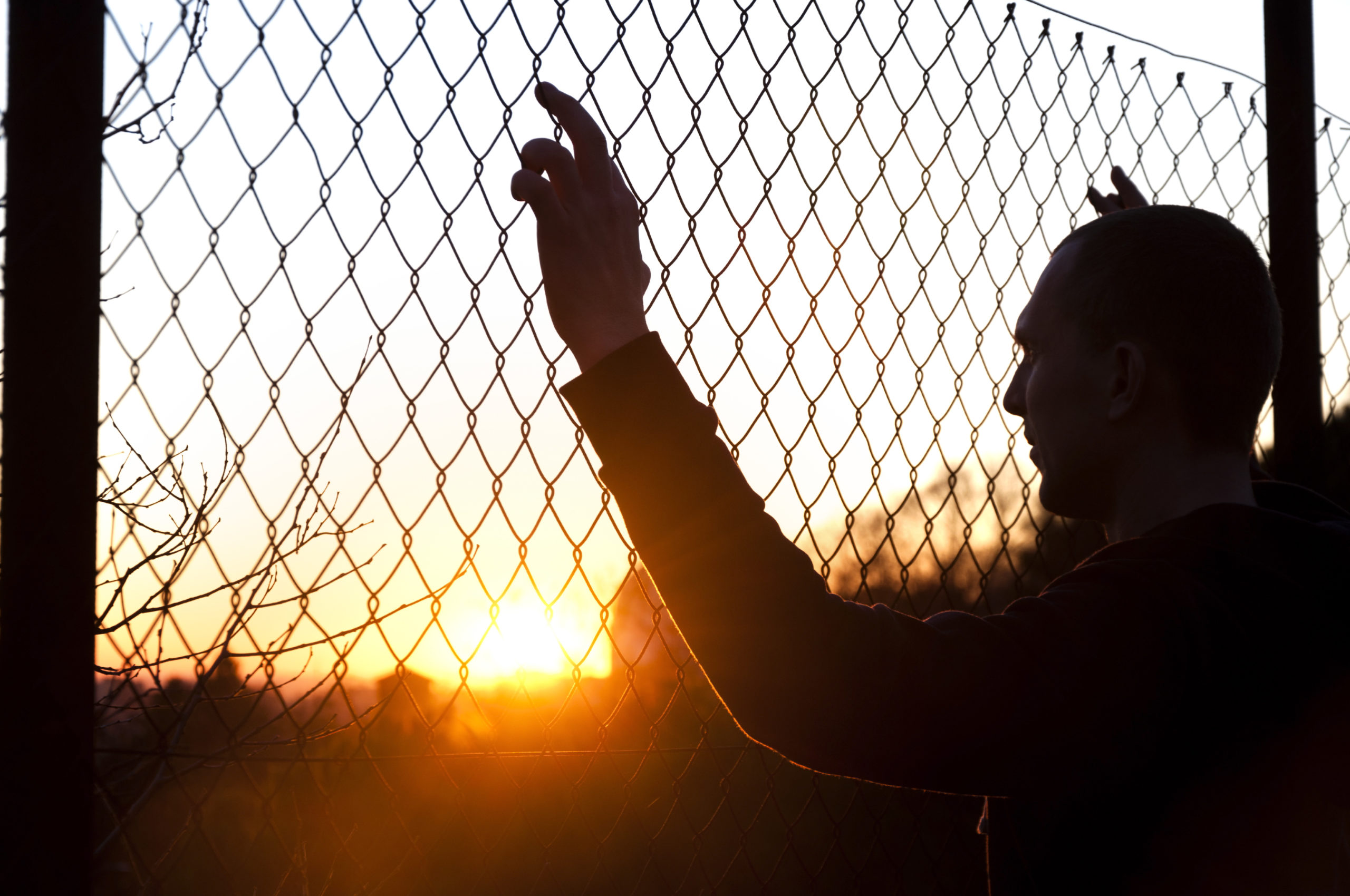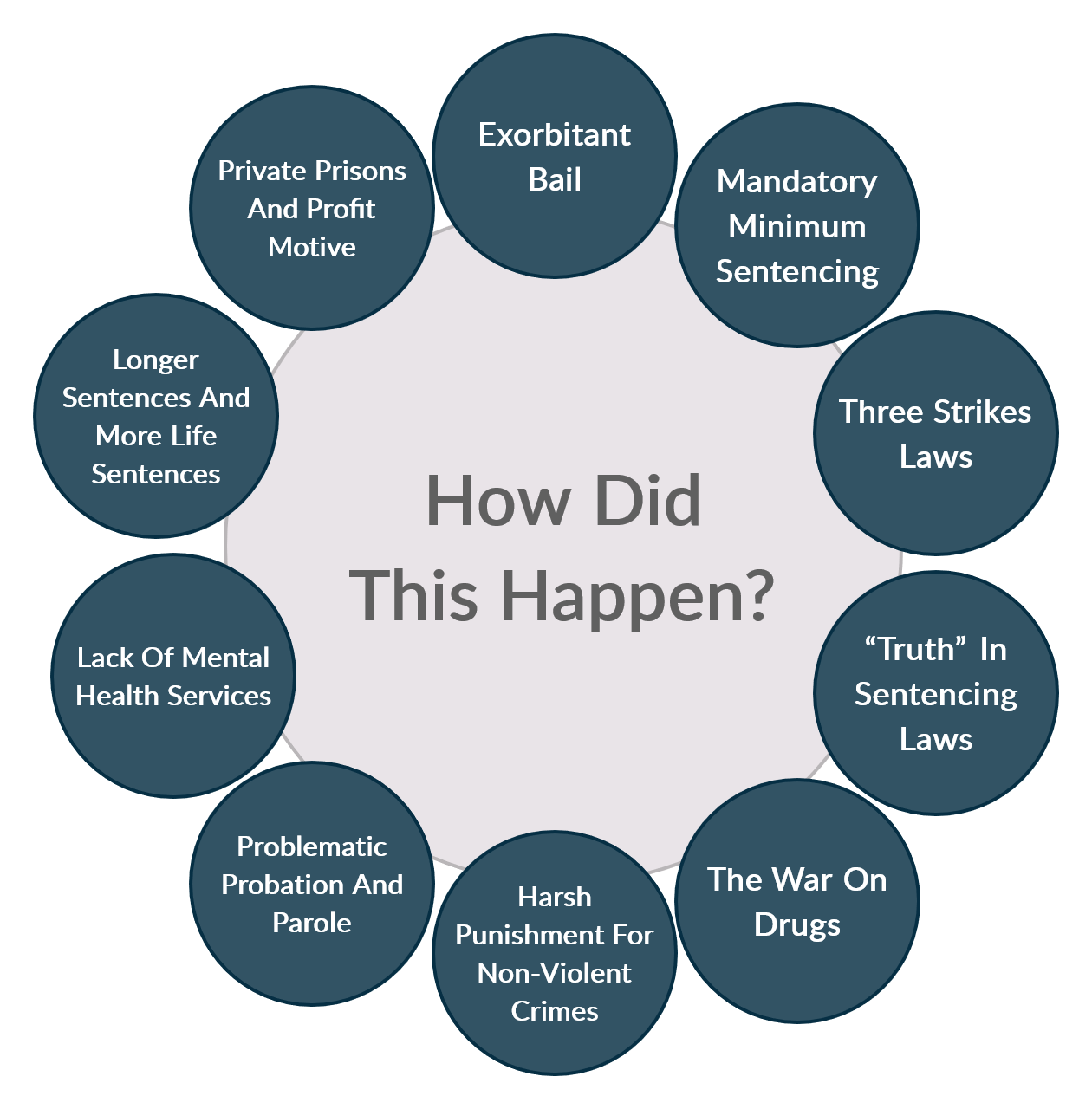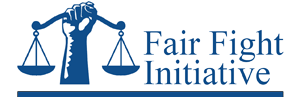Concrete actions, more than stated beliefs, are a true reflection of values, both personal and societal. We may claim to value human life, but our societal actions and policies say otherwise.
We live with a system that meets violence with more violence – life imprisonment, corporal punishment, and tough-on-crime laws – rather than address the root causes that allow violence to flourish in the first place. Instead of rehabilitation and empathy, our criminal justice system inflicts more pain and suffering, disproportionately affecting already-vulnerable populations.
“It is said that no one truly knows a nation until one has been inside its jails. A nation should not be judged by how it treats its highest citizens, but its lowest ones.” – Nelson Mandela

The United States Leads the World in Incarceration
Indeed, the U.S. incarcerates more people than any other nation in the world. The U.S. prison population increased 500 percent in the past 40 years. Crime rates haven’t increased proportionately in that same time. Instead, the dramatic increase in prison populations can be directly tied to law and policy changes that are directly tied to the oversized role of race and racism in America.
Those laws and policies contribute to prison overcrowding and a tremendous state financial burden – $80 billion a year – despite overwhelming evidence that increased incarceration does not effectively lower crime rates or increase public safety. Most research has found that for every 10 percent increase in incarceration rates between 1980 and 2000, crime was only reduced by two to four percent. A study from the Vera Institute of Justice found that, since 2000, increased incarceration hasn’t reduced the crime rate at all.
A History of Mass Incarceration
Tracing the origins of our current leadership position as the largest incarcerator in the world is complicated. Policies and perspectives that shape our situation today date as far back as the founding of our country. The complexity of the criminal justice system further confounds the effort. Fragmented agencies and a lack of centralized data collection contribute to confusion, especially on the part of policymakers.
In recent history, the rapid increase in incarceration started with the tough-on-crime, law-and-order, war-on-drugs policies initiated by President Nixon and established by President Reagan. Presidents Bush and Clinton continued those policies and exacerbated them with Clinton’s 1994 crime bill.
Impact on Communities of Color
Despite similar rates of drug use across different races and ethnicities, people of color make up nearly 60 percent of people incarcerated for drug offenses. The effects of this discrimination devastates minority communities, separating families and leading to generational incarceration.

How Did This Happen?
Mass incarceration exists for multitudinous reasons, including but not limited to:
- Exorbitant Bail – Nearly 500,000 people sit in prison at any given time, waiting for trial because they cannot afford to pay bail and be released to await trial. Research shows that people awaiting trial who are not in jail are less likely to be convicted and less likely to be imprisoned if they are convicted.
- Mandatory Minimum Sentencing – Laws that dictate minimum sentencing strip judges of the ability to account for individual circumstances.
- Three Strikes Laws –These laws mandate a sentence of 25 years to life after conviction for a third felony.
- “Truth” in Sentencing Laws – These laws mandate that people convicted of crimes must serve the majority of their sentences before becoming eligible for parole.
- The War on Drugs – It’s been explicitly documented that policymakers understood the war on drugs would disproportionally affect people of color. Today, nearly 50 percent of incarcerated people in the federal system are in prison for drug offenses, and two-thirds of that population are people of color.
- Harsh Punishment for Non-Violent Crimes Resulting in Increased Plea Bargaining – As mandatory minimums became more commonplace, more and more people charged with crimes increasingly opt to plea to lesser charges that still include imprisonment, even when they are innocent, rather than face incredibly harsh punishments if they’re convicted at trial.
- Problematic probation and parole – Strict rules regarding probation and parole cause many people to be sent back to prison for minor violations. Nearly 25 percent of state prison admissions are due to probation violations.
- Lack of Mental Health Services –A huge proportion of incarcerated people face mental health issues, approximately 1.2 million, according to Mental Health America. Prison guards, lacking training in responding to mental health crises, resort to use of force and solitary confinement – both known to aggravate mental health issues.
- Longer sentences and more life sentences – One in nine people currently incarcerated are serving a life sentence, with a third of those serving life without parole.
- Private prisons and profit motive – Private prisons and a vast number of private vendors are financially incentivized to maintain mass incarceration.
How You Can Help
“Where life is precious, life is precious.” – Ruth Wilson Gilmore
We need to re-imagine how we respond to crime in this country. The Fair Fight Initiative is engaged in that effort through litigation, advocacy, and awareness campaigns that uncover injustices in our prisons and jails. The organization also provides support to victims of law enforcement violence so they can effectively pursue justice.
Please consider donating to the Fair Fight Initiative to support a society that truly values all human life.
Fair Fight Mission: Through litigation and community advocacy, Fair Fight Initiative exposes mistreatment in the law enforcement system and works to end mass incarceration.
